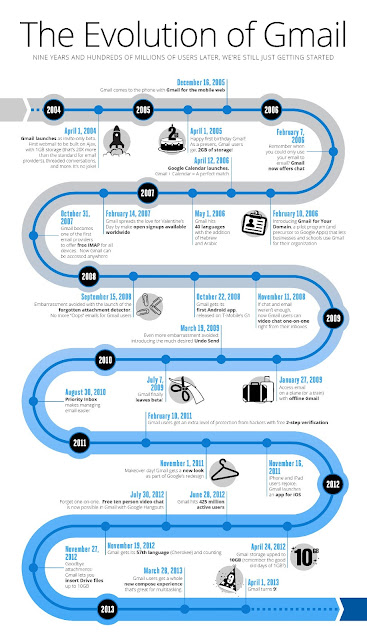New Horizons
Pluto Discovery Image
Date: 18 Feb 1930
Date: 18 Feb 1930
Copy of sections of the original glass plates on which Pluto was discovered. The arrows show Pluto's movement against the background stars. Clyde Tombaugh discovered the icy world by blinking the plates back and forth on a machine called a blink comparator.
Note: This image is property of the Lowell Observatory Archives. Any public use requires written permission of the Lowell Observatory Archives.
Credit: Lowell Observatory Archives
Pluto shows its spots to Nasa probe
The science team on the American New Horizons mission to Pluto has released two colour views of the dwarf planet and its biggest moon, Charon.
They were made by combining pictures from the probe’s high-resolution, “black and white” camera, Lorri, and its lower-resolution, colour imager known as Ralph.
But what catches the eye are four dark spots on the 2,300km-wide dwarf planet.
Each spot is about 500km across. Quite why they should be so similar in size and spacing is not clear.
Their dominant placing is on the hemisphere that New Horizons will not see during its close flyby on 14 July.
However, there should be ample opportunity to study them in the days leading up to the encounter.
“It’s a real puzzle - we don’t know what the spots are, and we can’t wait to find out,” said New Horizons principal investigator, Alan Stern, of the Southwest Research Institute.
“Also puzzling is the longstanding and dramatic difference in the colours and appearance of Pluto compared to its darker and greyer moon Charon.”
If, as scientists think, Pluto and Charon are the products of a collision between two primitive bodies in the early Solar System, one might expect them to look more similar.
New Horizon’s flyby data will hopefully provide the answer.
The US space agency (Nasa) mission is now closing in on Pluto and its five moons.
The moment of closest approach on the 14th will take place at 11:49 GMT, when the probe is just 12,500km above the surface.
It is moving too fast - at 13.7km/s - to go into orbit, and it will simply scream past the dwarf and its satellites, gathering as much data as it can.
No pictures will be sent back to Earth on the day itself; the spacecraft will be too busy executing its pre-programmed observation campaign.
Instead, the first images from the flyby should be presented on the following day, on 15 July.
Controllers have decided not to alter the course of the probe.
They had been looking for icy debris in the vicinity of Pluto that might pose a collision hazard, but could find nothing obvious.
New Horizons was commanded to make a thruster burn earlier this week, to speed it up ever so slightly.
This will ensure the spacecraft reaches a precise point in space and time to carry out the pre-programmed observation sequence.
The probe must spin around to take pictures of all the different targets, and if its navigation is off by even a small amount it will be looking in the wrong direction at the critical moment.
On Thursday, New Horizons was just under 15 million km from Pluto, but 4.7 billion km from Earth.
The vast distance to the probe's home world means a radio signal takes about 4.5 hours from sending to receipt.
You ain't seen nothing yet! Tomorrow, @NASANewHorizons #PlutoFlyby images will have even greater detail. Stay tuned!
https://t.co/t7HjayxYR0
— NASA (@NASA) July 15, 2015
Today we shared new images from @NASANewHorizons and its #PlutoFlyby. Watch the excitement: https://t.co/8bfZemSnxD pic.twitter.com/rUv2vKGPUl
— NASA (@NASA) July 15, 2015
From 1930 to today! AMAZING! Thanks, everyone for being a part of our amazing #PlutoFlyby! But, we're not done! :-) https://t.co/1BRwFiX6VX
— NASA New Horizons (@NASANewHorizons) July 15, 2015
LIVE Q&A: @NASA's Director of Planetary Science, Jim Green, answers your questions 7pm ET at: http://t.co/Z3agLB3Qyi pic.twitter.com/aXKh1L907y
— NASA New Horizons (@NASANewHorizons) July 15, 2015
Images from today's @NASANewHorizons #PlutoFlyby media briefing are posted. https://t.co/YJslqvpIW9 pic.twitter.com/sCNnIz8SkB
— NASA HQ PHOTO (@nasahqphoto) July 15, 2015










